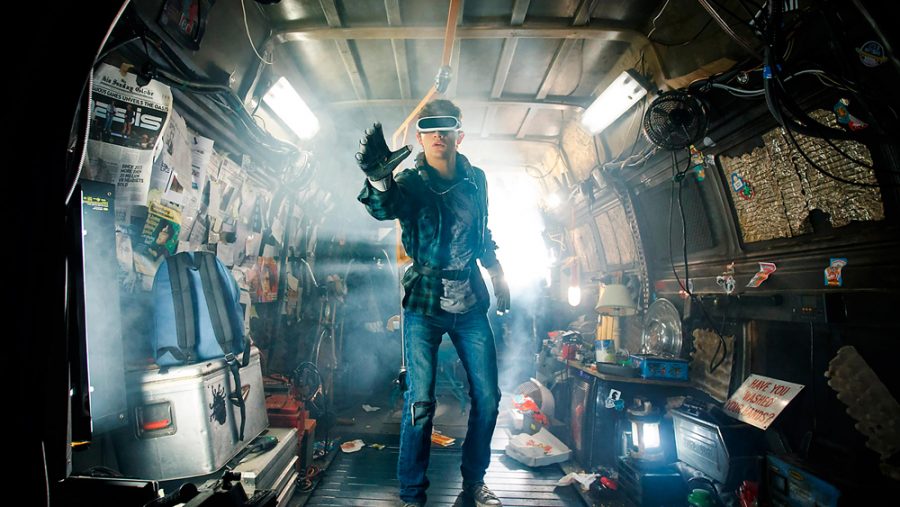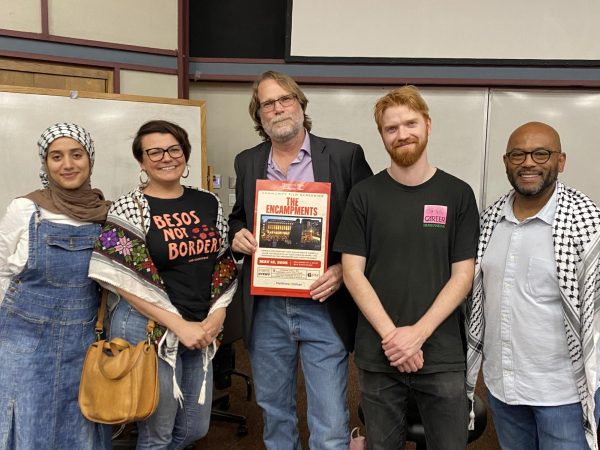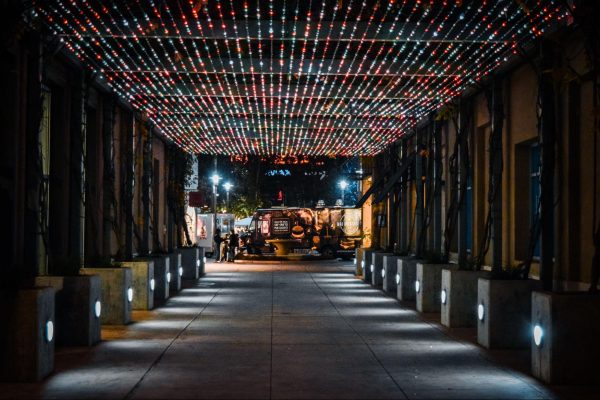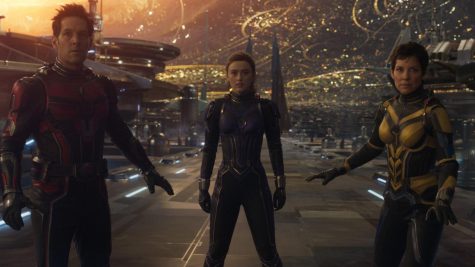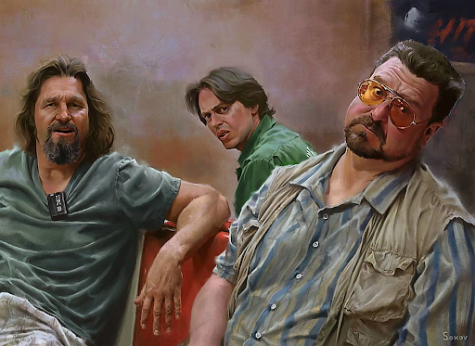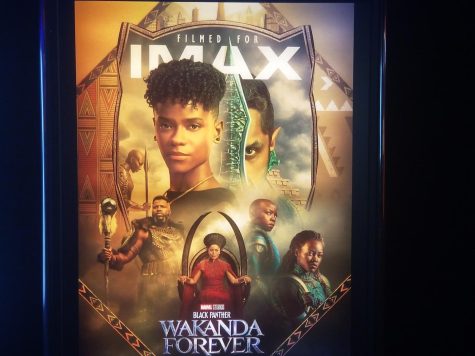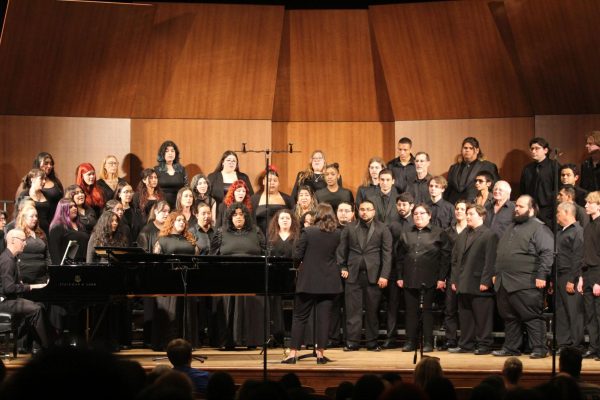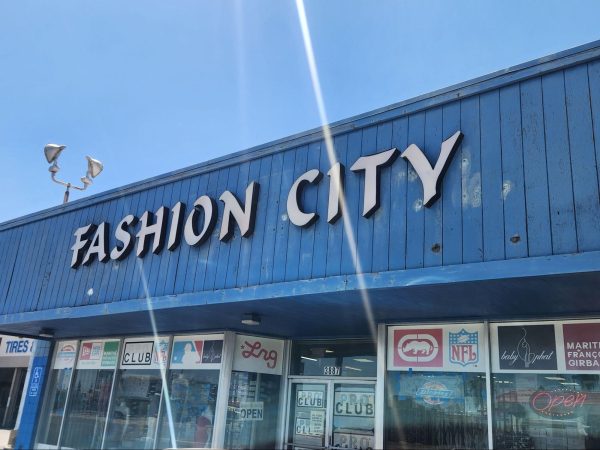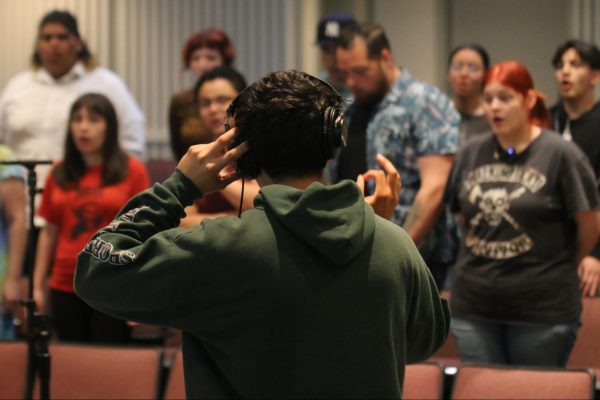“Ready Player One” Brings Back Spielbergian Magic
Steven Spielberg, the father of the modern blockbuster returns back to his roots in his latest film, “Ready Player One,” which is an adaptation of the novel of the same name by Ernest Cline.
Set in a near post-apocalyptic future, teenager Wade Watts (Tye Sheridan) escapes the harsh realities of his unfortunate life by spending nearly every waking minute inside the impressive virtual reality world of the OASIS. When OASIS founder James Halliday (Mark Rylance) dies, a special Easter Egg hunt is put in place for the whole world to participate in for the chance to win full ownership of the OASIS.
Cline’s original novel is a pastiche of nostalgia for 1980s popular culture. It is riddled with references to classic movies, television shows, music and above all, video games from that decade and in written prose, can become overbearing sometimes. However, Spielberg manages to focus more on the spectacle of the virtual reality world rather than using the references as a crutch for the story.
In classic Spielberg fashion, we follow the young, idealistic protagonist in Wade. Right off the bat, the audience roots for him and the friends he makes along the way as they try to finish Halliday’s Easter Egg hunt before the sinister corporation of Innovative Online Industries (IOI) led by Nolan Sorrento (Ben Mendelsohn) does.
Spielberg expertly uses the 1980s references (as well as modern video game tie-ins) as mere set-dressing to the impressive world-building thanks to the script by Cline and Zak Penn. Some changes are made in this script compared to the novel in order to translate better as a spectacle on the big screen.
In particular, Spielberg’s directorial style comes to play in each of the action sequences. For all the common complaints regarding the overuse of computer generated imagery (CGI) in modern blockbusters, thanks to the nature of the OASIS, it is not bothersome. When our heroes venture into these virtual worlds, one cannot help but find the inventive use of certain settings to be clever and entertaining.
But at its core, “Ready Player One” also serves as a clever commentary on society and its reliance on technology as a mode of escapism. Mark Rylance’s portrayal of James Halliday epitomizes this fact, with his anti-social quirks and the numerous regrets he feels towards the end of his life.
It’s not to say that escapism into virtual reality is bad in and of itself, but Halliday compares his virtual reality paradise to the real world by invoking this quote from Groucho Marx, “I’m not crazy about reality, but it’s still the only place to get a decent meal.”
In many ways, Spielberg adapts Cline’s nostalgia-trip into a cautionary tale about truly doing something exciting in real-life rather than in the fabricated world of virtual reality.
But even within its message, this 140 minute thrill ride of a blockbuster harkens back to the 1980s era of Spielberg films that helped define not only the decade itself, but also an entire generation that grew up on his films.

Noah Villaverde is a 21-year-old who currently resides in Fresno, California and is a Mass Communications and Journalism major at Fresno City College....

